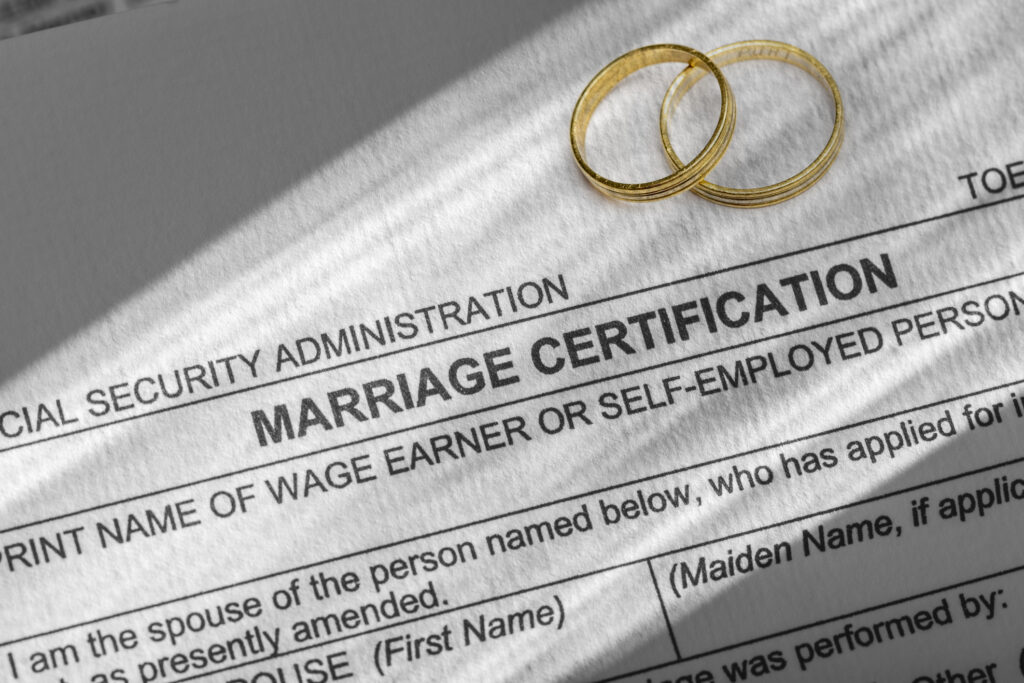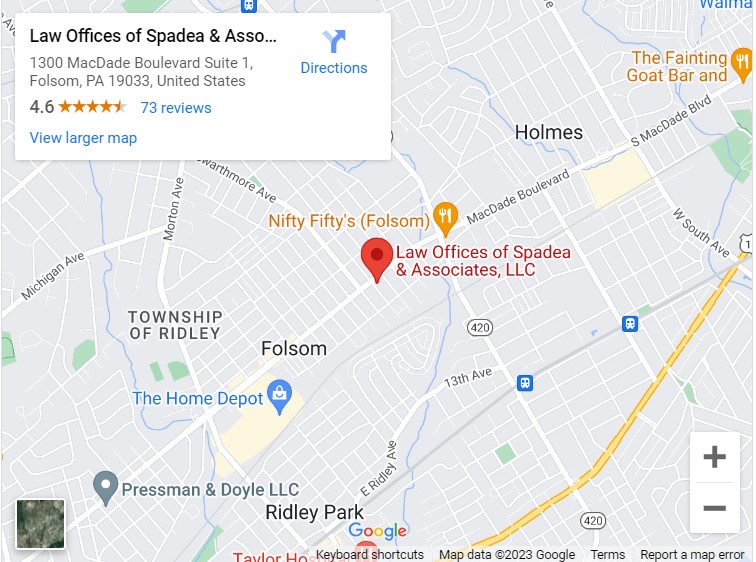
If you are charged with non-violent misdemeanors in Philadelphia and have limited to no prior criminal history, you might be eligible for the Accelerated Misdemeanor program (AMP). AMP is a two-tier alternative to traditional prosecution methods, which are heard and disposed of expeditiously, with sentencing options that include social services, mental health/substance abuse treatment, community service, and mandatory court costs. The two tiers for AMP are:
- Tier I (AMP I): Individuals charged with non-violent misdemeanors for the first time are generally eligible for the AMP I. No plea is entered, and the case remains in a pre-trial status until the defendant completes 12 to 18 hours of community service and pays court costs. After the successful completion of the program, the commonwealth withdraws prosecution, and the defendant will be eligible for expungement without opposition.
- Tier II (AMP II): Individuals charged with non-violent misdemeanor offenses, with a recent history of non-violent prior arrests and a limited number of convictions, are the primary candidates for the AMP II. Defendants can enter the program by Negotiated a Stipulated Trial with a disposition of guilty or admission into the program without a guilty plea. Program length and requirements vary for each defendant based on the nature of the offense involved. After the completion of the program, the defendant who entered the program through Sections 17 & and 18 may be eligible for expungement. Defendants entered into the program by Negotiated Stipulated Trial are not eligible for expungement.
Failure to comply with the requirements for AMP I and AMP II or getting arrested on a new charge can result in the program being revoked and sent to trial, which may include probation or jail time. If you have any questions about the AMP or expunging your criminal record call Shintia Z. Riva at 610-521-0604.








